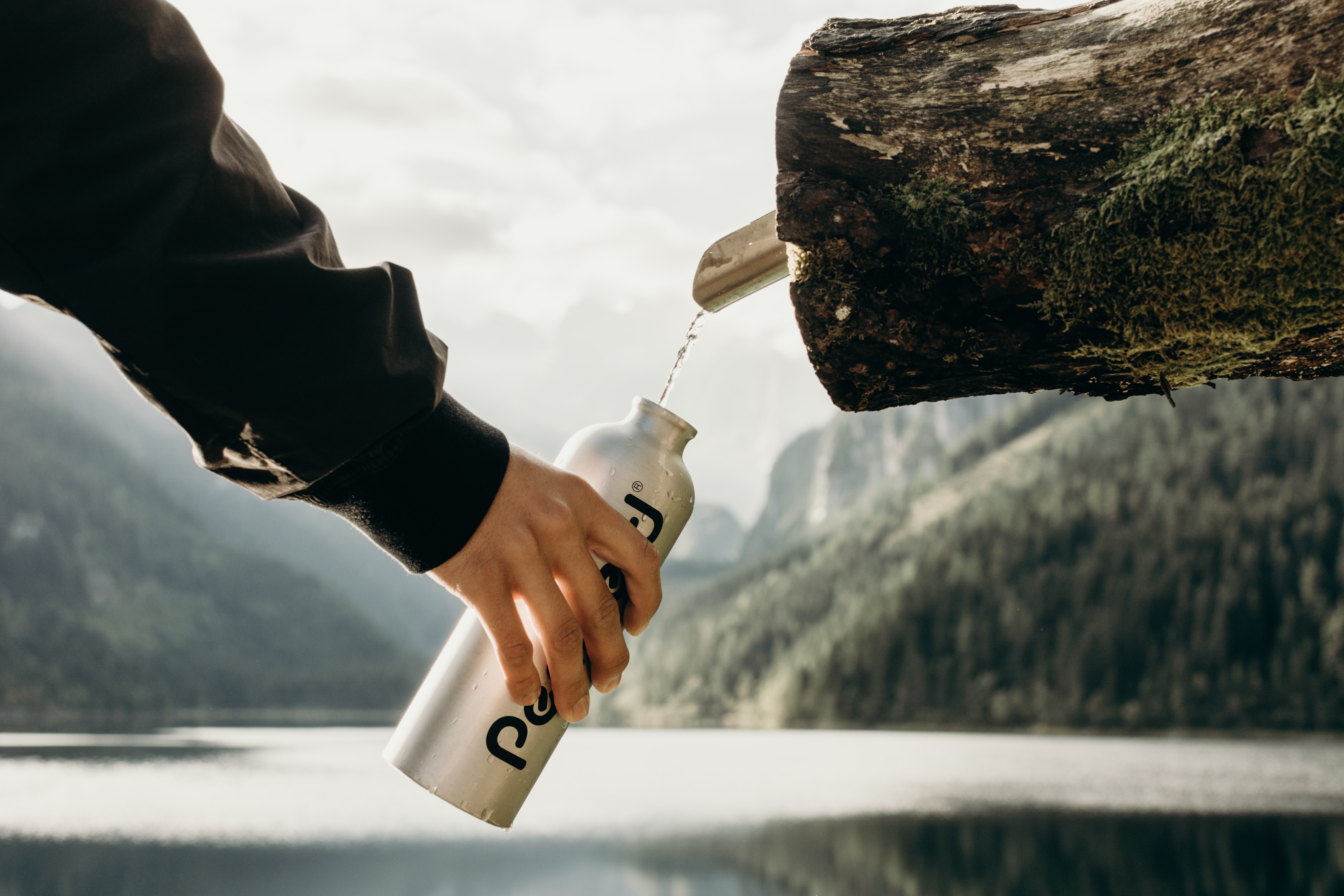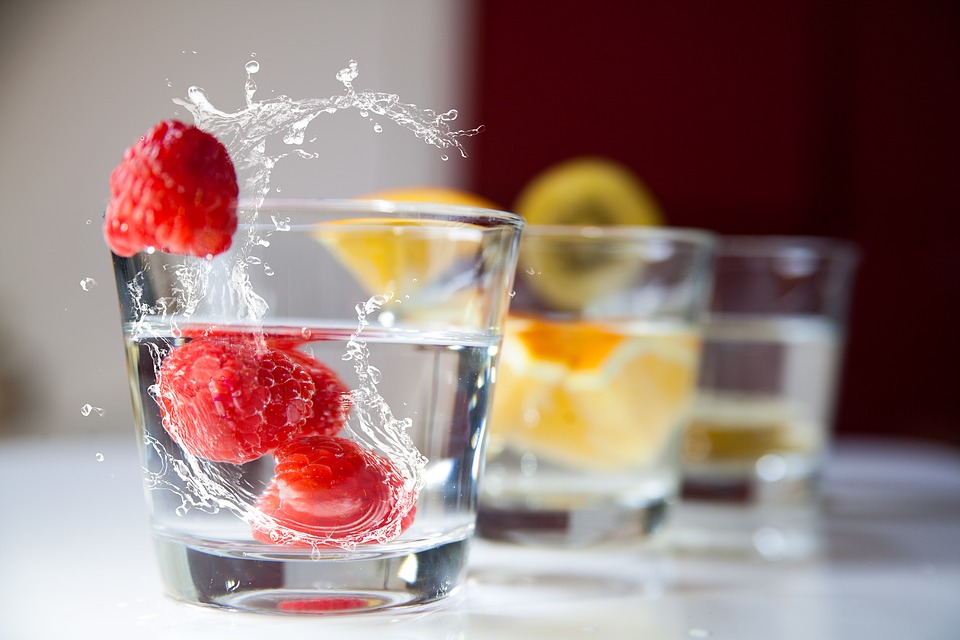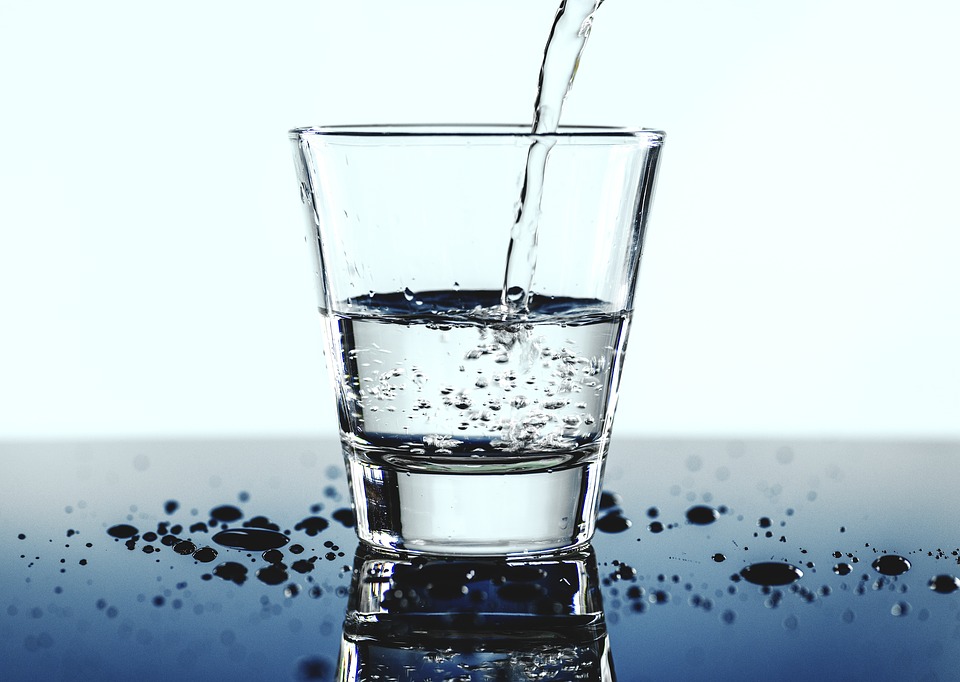
Photo by Kate Joie on Unsplash
In order to have clean drinking water, we need to clean and/or filter water as it comes from the source. Some may ask if water filters even work at all, but this question usually comes from a lack of understanding of how they work. In order to help you understand this, we will look at some of the more popular water filters, their purpose, benefits and, generally, how they work.
The basic idea of a filter is to remove anything undesirable or harmful and to allow the good parts (clean and pure water in this case) through. Water can be filtered in many different ways and each one gives different result.
In America, most water is fairly harmless to the general population because it's filtered municipally. However, in the journey from the water treatment plant to your home, the water can be affected by a number of different factors. Initially, municipal treatment plants use a kind of mesh or net to filter out any large debris like leaves or sticks that may be a part of the natural water supply. Next, it is filtered by different natural elements such as sand or algae. Finally, the water is disinfected and then 'treated'. The treatment of water can include adding minerals or fluoride to the general water supply. This is very controversial as many different people have different opinions on whether or not this is a safe or even moral practice.
Despite water being cleaned and filtered in a treatment plant, the NRDC (a non-profit organization advocating for the environment) found that in 2015 one fourth of the American population was drinking water that violated the Safe Drinking Water Act. Leaky pipes, pipes made of unsafe metals, polluted water sources, harmful, even deadly chemicals and more are infecting our nation's water.
![]()
Now that you see the importance of filtering our water supply, let's talk about some of the different ways it can be done.
Reverse Osmosis
Reverse Osmosis is one of the best water filtration systems that exist. When water goes into the filter, it's put through a sort of pre-filter to remove larger particles like sediment and silt. After this, the water is pressurized and sent through the reverse osmosis membrane, which has very small pores to filter out all contaminants and impurities in the water. Finally, the water passes through the final post-filter and then it will be ready for you to drink it.
Reverse osmosis does not require electricity, but it can be wasteful as only one-third of the water it uses is filtered and consumed. It is a little expensive, but it does a great job removing heavy metals and harmful chemicals.
Infrared Filters
If you have problems with hard water, infrared filters use heat and light to alter the water and turn it soft. The way it works is very similar to alkaline filters.
Alkaline Filters
Alkaline filters or water ionizers use a process called electrolysis to electrically charge water, creating two streams; one acidic and one alkaline. Through this process, you can get water that is lower in acidity and softer.
UV Filters
Ultraviolet water purifiers are among the newer water filtration technologies. They use high-frequency light to irradiate water by using a glass element. As water passes through, all bacteria are killed by the process. This filtration system is extremely environmentally friendly since it does not require the use of chemicals or heat.
Activated Carbon Filters
Activated charcoal or carbon filters work by absorbing particles like silt and sediment to remove them from your drinking water. This kind of filter is very effective at removing chlorine, sediment, and bacteria from the water. This kind of filter is used in most pre-filters and pitcher filters.

Water Distillation
Water distillation is highly effective, but it's very time-consuming with a low yield. For this process, water is boiled and the steam is cooled down back into liquid transferred into another container. This process removes most contaminants, kills bacteria, and improves the overall taste of the water. However, it requires electricity to work and is not very time effective.
Now that we've looked at some of the main types of water filters, let's talk about different kinds of filtration systems for your home.
A lot of people turn to bottled water instead of spending money up front to install a water filtration system. However, you will end up spending almost 14 times as much money on bottled water as you would invest in any filtration system, even the expensive ones.
Pitcher Water Filter
This is the cheapest and most common of the water filters. It uses an activated carbon filter to continuously filter water as you fill it up and use it. They are mostly used to purify tap water for drinking or cooking. If you would like to learn more about water filter pitchers, visit this website.
Showerhead Filter
Unless you want to bring buckets of purified water into the bathroom, this would be a good investment for your home, especially if you live in an area with hard water or large amounts of chlorine in the water.
Faucet Water Filter
This is a little more expensive than the pitcher filter, but it's more of an investment and it has a greater use since you don't have to keep filling anything up. It will slow down your water flow a little, but it automatically filters everything that comes from your faucet.

Under the Sink Filter
This filtration system is installed underneath your sink and removes bacteria and pollutants for all water in the kitchen. They are very expensive and not portable, so it's a very big investment. However, they are much faster than faucet filters and more effective at filtering out impurities in the water. If you plan to stay in your home for a long time, this could be a good long-term investment.
These are only a few of your options when it comes to filtering water. Once you decide what you need for your home, you will be able to decide which filtration system is right for you.
Guest post by Jon Godfrey
Welcome to the Water Filters Store, where you'll find great prices on a wide range of different water filters for your home.
About the Author
My name is Jon Godfrey and I am the creator of Water Filter Answers. In addition to running that website, I have a deep commitment to environmental issues. When I have off time (it’s becoming very rare these days), I like to relax and go fishing or hunting.
You may also like
7 Energy-Efficient Appliances to Reduce Your Home’s Energy Use
Eco-Friendly Ways to Clean Your Car [Infographic]
Kitchen Appliances: Taking Energy Efficiency to the Max
